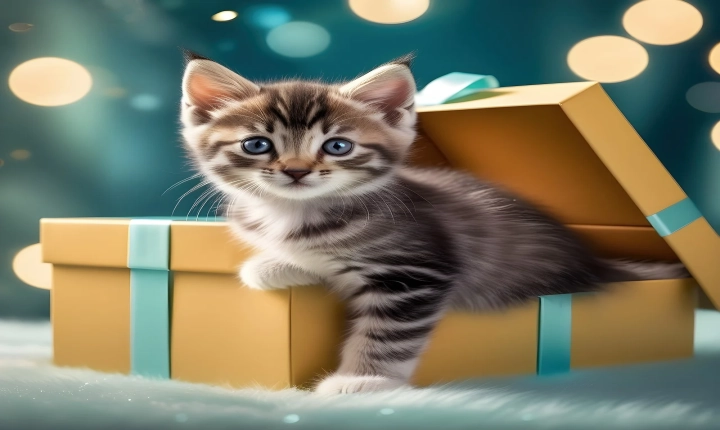Artificial intelligence (AI) has revolutionized many aspects of our lives, including the creative world. One of the most intriguing and controversial applications of AI is its ability to create art. How does an AI make art, and what does this mean for the future of creativity?
At its core, AI generates art through a process called machine learning, where a computer program analyzes and learns from large datasets of existing artwork in order to produce its own original pieces. This process involves training the AI to recognize patterns, styles, and techniques, and then using this knowledge to generate new compositions.
There are several ways in which AI can create art. One approach is through generative adversarial networks (GANs), where two neural networks compete with each other to generate new images. One network creates images, while the other network evaluates them for authenticity. This back-and-forth process continues until the generated images are deemed indistinguishable from those created by humans.
Another method is through deep learning algorithms that analyze and interpret visual elements, such as color, composition, and texture, to produce new artwork. These algorithms can be trained to mimic the styles of famous artists, or to blend multiple styles to create entirely new compositions.
The implications of AI-generated art are complex and multifaceted. On one hand, AI has the potential to democratize creativity by allowing anyone with access to the technology to produce art. This challenges the traditional notion of the artist as a solitary genius, and opens up new possibilities for collaboration and exploration.
However, AI art also raises questions about authenticity and authorship. Can a piece of art created by an AI be considered truly original? Who owns the rights to AI-generated art, and how does it fit into the existing legal frameworks for intellectual property?
Furthermore, AI art blurs the boundaries between human and machine creativity, forcing us to reconsider our understanding of what it means to be creative. Some argue that AI is simply a tool, an extension of human artistic abilities, while others see it as a disruptive force that challenges our fundamental assumptions about art and creativity.
Despite these complexities, AI-generated art has already made a significant impact on the art world. In 2018, a portrait created by an AI program sold at auction for $432,500, sparking a heated debate about the value and legitimacy of AI art in the art market.
As AI continues to advance, the possibilities for art creation are seemingly endless. Whether it’s generating new forms, styles, and visual languages, or assisting artists in their creative process, AI has the potential to reshape the way we think about and experience art.
Ultimately, the question of how AI makes art is just one aspect of a much larger conversation about the role of technology in shaping our creative expressions. As AI and machine learning continue to evolve, the impact on art and creativity will undoubtedly be a topic of ongoing exploration and debate.
